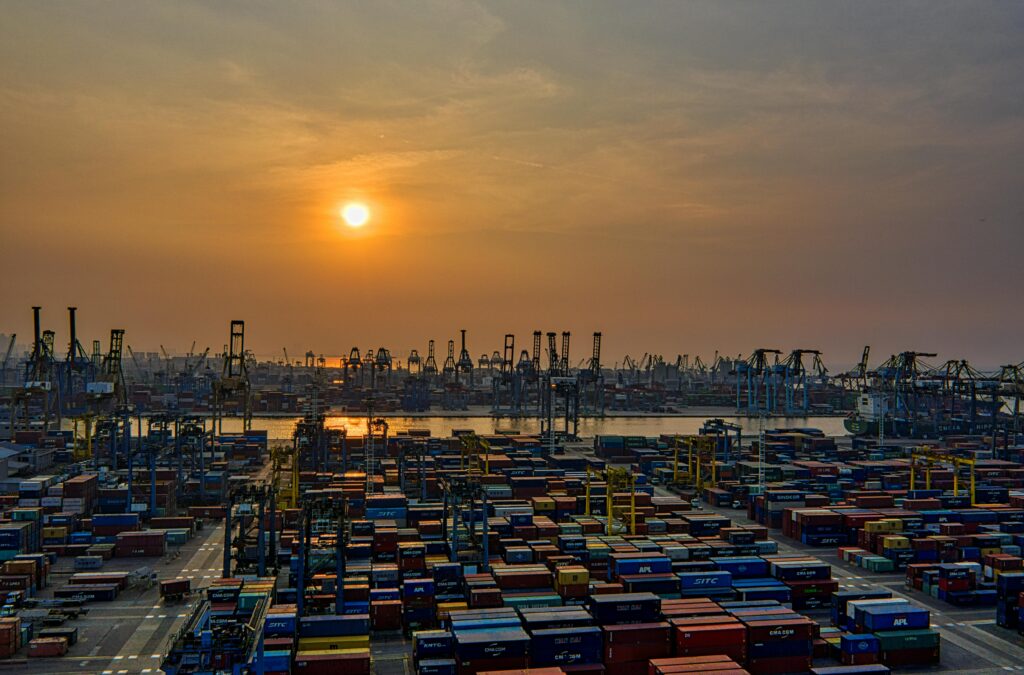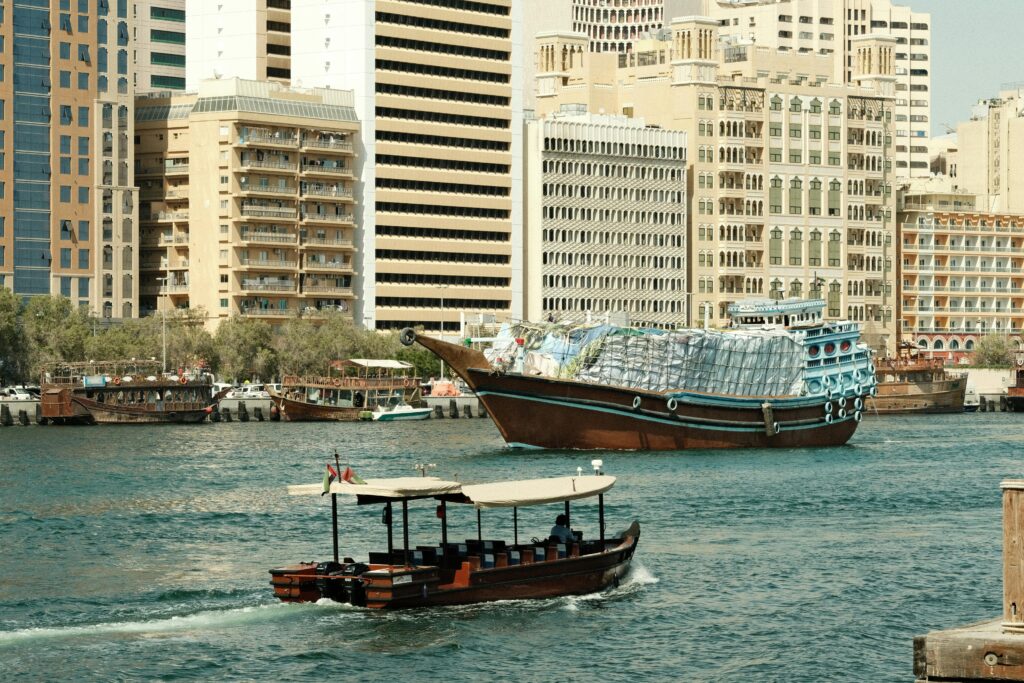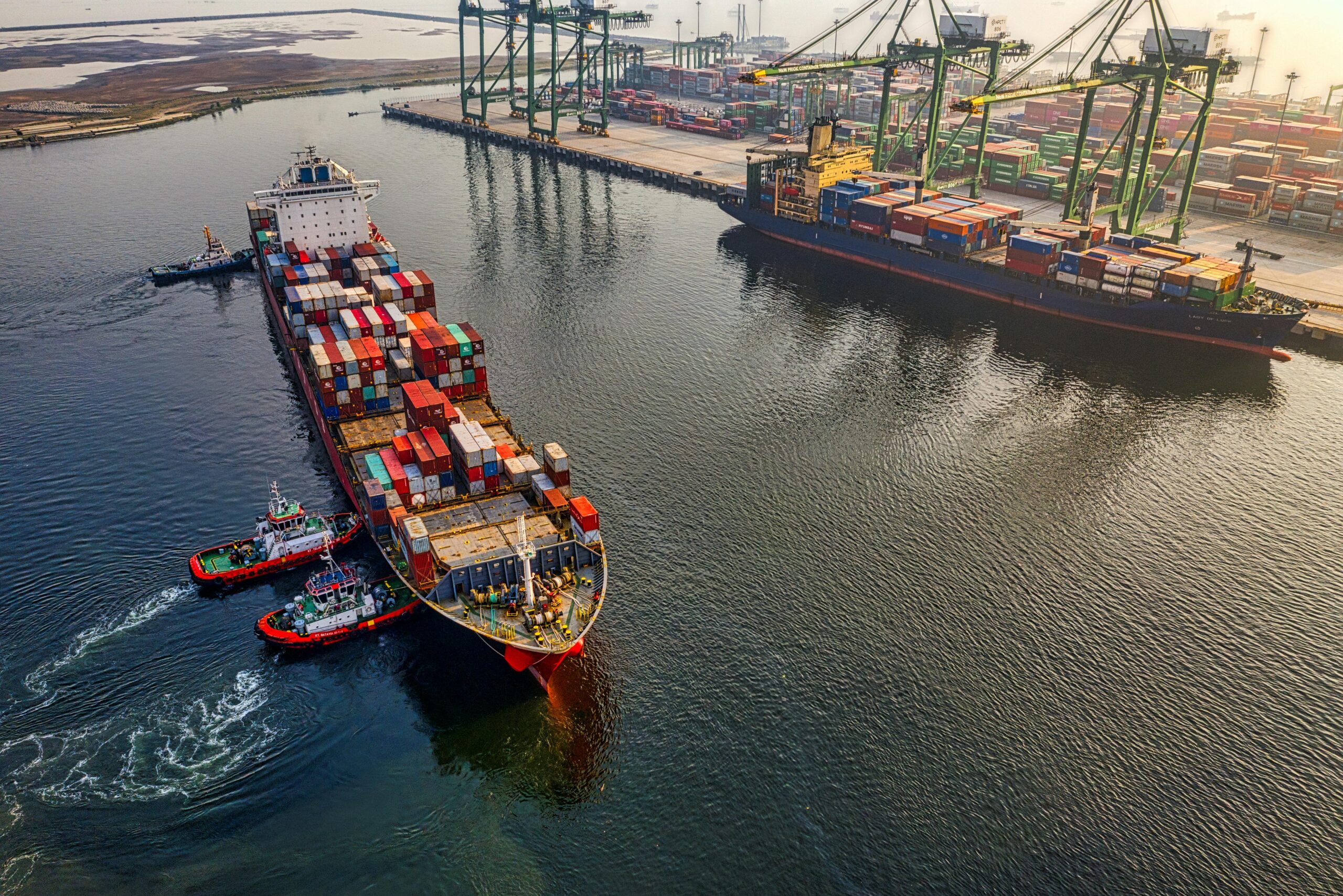Once a steadfast driver of U.S. economic growth—contributing roughly 3% of GDP—the travel and tourism sector is now posting its first trade deficit this century. A plunge in foreign visitors pushed travel-services exports down at a 7.8% annual rate in Q1 2025, flipping a $3.5 billion surplus in 2022 into a $50 billion deficit today.
Despite Americans’ eagerness to travel—scoring 8.2 out of 10 for leisure excitement in recent surveys—the inflows of international dollars have stalled, and policy choices are largely to blame.

Political and Policy Drivers
- Anti-Immigrant Rhetoric & ICE Harassment: Growing hostility toward the U.S. and fears of mistreatment by immigration agents have depressed visits—particularly student travel.
- Steep Tariffs & “America First” Trade War: Broad tariffs announced in April 2025 threaten further backlash. Analysts warn of deeper declines once these duties bite.
- Negative Global Sentiment: Policy pronouncements have produced a negative shift in international travelers’ perception of the U.S.
Concrete Impacts on Travel
- Foreign Student Enrollment: An 11% year-over-year drop in international student arrivals this March is projected to cost up to $4 billion in spending.
- Visa Delays and Backlogs: Extended consular wait times, now averaging several months for nonimmigrant visas, coupled with higher administrative fees, have forced families and professionals to postpone or cancel travel plans.
- Declines in Arrivals: Non-citizen air arrivals have fallen over 11% since March 2024, and forecasts predict a 9.4% year-end drop—equating to a $9 billion loss in visitor spending.
- Regional Backlash:
- Canada: Road trips to the U.S. plunged 32%; air travel from Canada dropped 13.5%, with advance flight bookings off by over 70% for the April–September season.
- Alternative Destinations: Canadians are opting for Mexico, Costa Rica, and Bermuda instead—Mexican beach destinations have reported double-digit gains in Canadian visitors since trade tensions escalated.
How Airlines and Hotels Are Feeling the Strain
- Financial Downturn: The Dow Jones Airlines Index is down 30.2% year-to-date, while the DJ Hotels Index has fallen 14.1%, both hitting 52-week lows in early April.
- Shifting Holiday Patterns: Some of 2025’s weaker year-on-year comparisons owe to Easter falling in April vs. March last year; a New York Times analysis finds international arrivals only 1.5% below 2024 levels so far, and U.S.-Europe bookings are actually up.
- Robust Booking Platforms: Booking Holdings reported Q1 bookings +7% and revenue +8%, but its CEO still warned of “uncertainty in the market around the near-term geopolitical and macroeconomic environment.”
- Broader Forecasts: Goldman Sachs estimates the slump could wipe out $90 billion in tourism and export revenue in 2025, a “self-inflicted crash,” according to industry leaders.

Macro Context: Deficits and Forecasts
- Record Trade Deficit: The overall U.S. trade gap surged to $131.4 billion in January 2025, driven by a 10% spike in imports ahead of tariff deadlines.
- Trade-War Scenario: Under an expanded trade-war outlook, inbound visits could fall 12.7%, inbound spending drop $22 billion, and total travel expenditures shrink by $72 billion—a 4.1% decrease from baseline.
Industry and Government Responses
- Advocacy & Legislation: Nearly 400 U.S. Travel Association members lobbied Congress for modernizing visa procedures, restoring “Brand USA” marketing funds, and easing entry rules to signal a more welcoming America.
- Domestic Tourism & Business Travel: While leisure travel sentiment remains high, business-travel spending is only forecast to grow 4% in 2025 ($316 billion)—full recovery to pre-pandemic levels may not occur until after 2028.
- Cross-Border Collaboration: Regional partnerships—such as streamlined visa-processing centers in key source markets—are being piloted to reduce wait times and simplify itineraries for would-be visitors.
Conclusion
America’s travel downturn is not merely a cyclical blip but a direct outcome of policy choices and rhetoric that have dampened global enthusiasm. With millions of jobs and billions of dollars at stake, reversing the $50 billion travel-services deficit demands a concerted strategy: policy reforms to expedite visas, diplomatic outreach to key partners, and renewed marketing investments to rebuild the U.S. brand. Turning the tide won’t be easy, but the cost of inaction could derail the sector’s long-term recovery.

Frequently Asked Questions (FAQs)
Q1: What is a travel trade deficit?
It occurs when U.S. residents spend more on overseas travel than foreign visitors spend here, resulting in a net outflow of dollars.
Q2: How have tariffs affected inbound tourism?
Broad tariffs announced in April 2025 worsened global sentiment and prompted travelers—especially from Canada and Europe—to seek alternative destinations.
Q3: Why are visa delays such a critical issue?
Extended consular backlogs and higher fees deter short-term visitors and complicate planning for families, students, and business travelers, leading many to cancel or postpone trips.
Q4: What role does ICE policy play?
Reports of harassment at checkpoints and strict enforcement actions contribute to a perception of the U.S. as unwelcoming, particularly among student and leisure travelers.
Q5: How are airlines adjusting to fewer international travelers?
Carriers are revising guidance downward, cutting capacity on underperforming routes, and offering promotions to stimulate bookings—while also focusing on domestic and Europe-focused markets.
Q6: What steps can policymakers take?
Streamlining visa procedures, restoring funding for international marketing campaigns, negotiating reciprocal entry arrangements, and deploying rapid-response visitor services at ports of entry.
Sources QUARTZ


